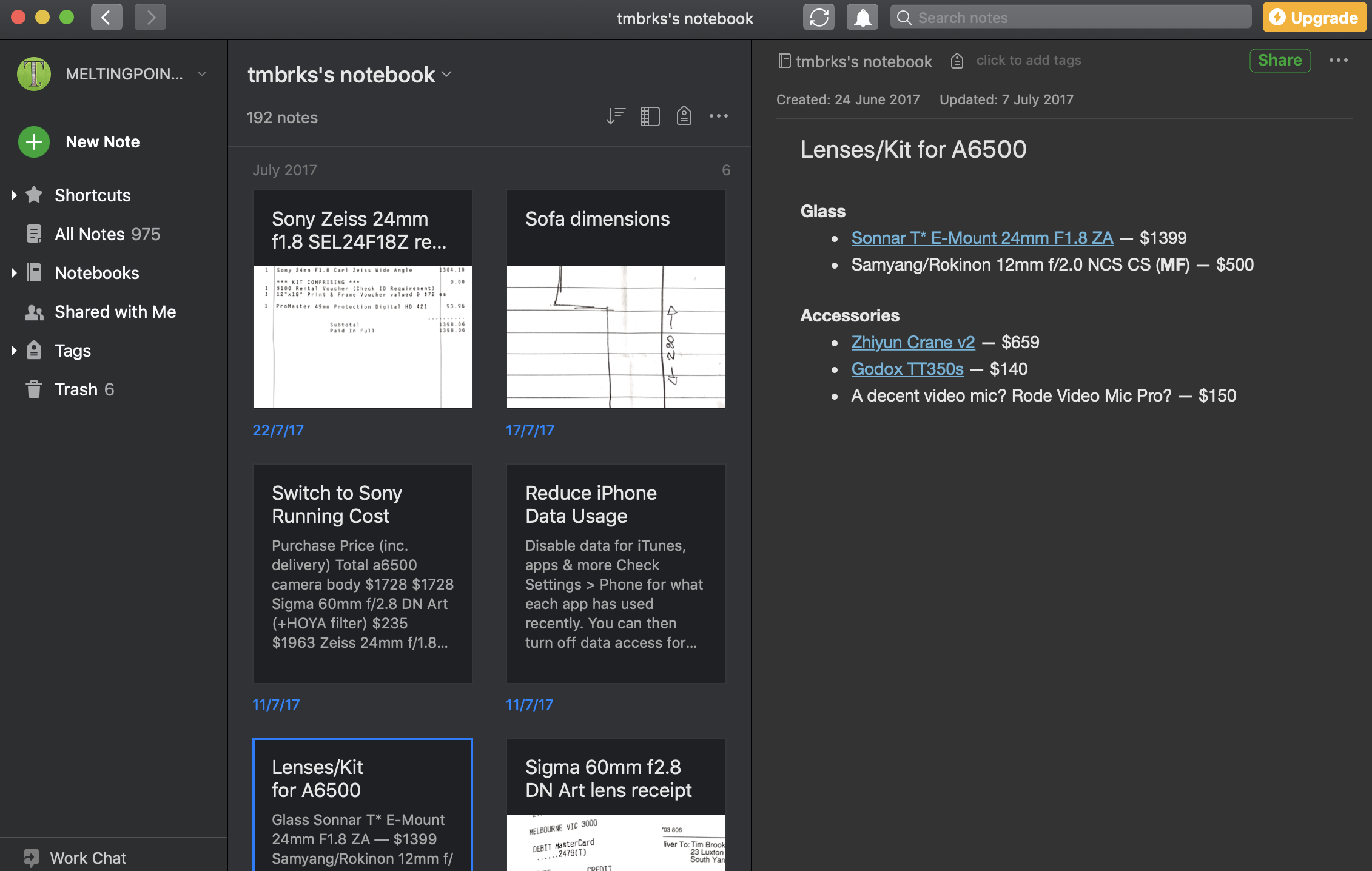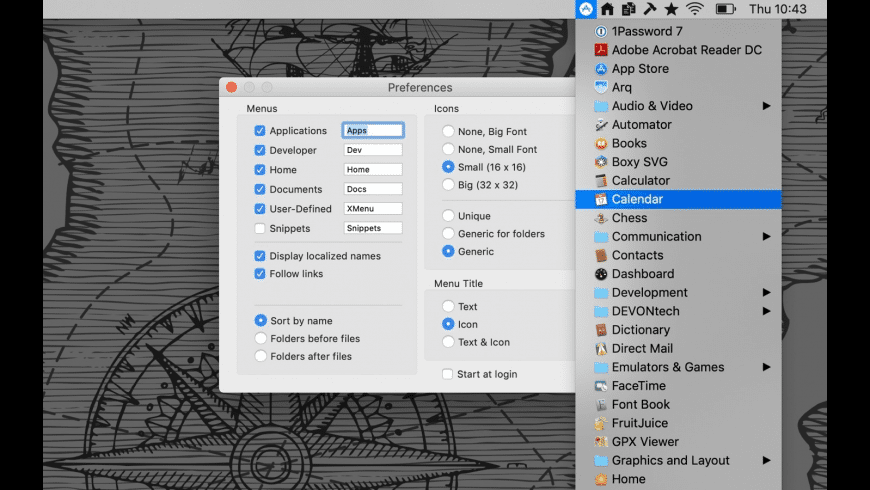Write less boilerplate code with your own customised code snippets in Visual Studio Mac.
Introduction
As software developers, it's inevitable that we'll end up writing repetitive, boilerplate code that's necessary for our applications to function.
Let's step into the shoes of a Xamarin.Forms developer and think about the repetitive code we write for our view models..
The most common code we might write for a Xamarin.Forms app is view model properties. View model properties often have a public facing property with a backing field, that triggers a property changed event. It might look a little like this:
In Visual Studio Mac we manage our code snippets in the Code Snippets panel in Visual Studio Macs Preferences window. Here we can add, delete and edit code snippets for any language that Visual Studio Mac supports. To access the Code Snippet editor, go to the top Visual Studio menu and choose Preferences. Under Text Editor, select Code Snippets.
After writing a few of these properties by hand, you'll probably get an itch to make this workflow a tad less repetitive. Mac eye protect apple.
Luckily, Visual Studio Mac has a solution for us: code snippets!
A code snippet is block of templated text that includes named arguments that are substituted when inserted by a developer. If we created a code snippet for our view model property, it'd look something like this:
Each section of code to be replaced is surrounded with a $ symbol and represents an argument the developer can control. In the above code snippet, we have:
- A
$type$argument to control the property type. - A
$field$argument to control the field name. - A
$property$argument to control the property name.
So how do we create and use our own code snippets?
Creating A Code Snippet
In Visual Studio Mac we manage our code snippets in the Code Snippets panel in Visual Studio Macs Preferences window. Here we can add, delete and edit code snippets for any language that Visual Studio Mac supports.
To access the Code Snippet editor, go to the top Visual Studio menu and choose Preferences.
Under Text Editor, select Code Snippets.
Let's create a code snippet by clicking on the Add button and entering the following information:
- Shortcut: The shortcut for the code snippet that appears in IntelliSense.
- Group: The code snippet group. This is the folder this snippet appears inside in the Code Snippet preferences panel.
- Description: A description of the code snippet. This will appear in tooltips in IntelliSense.
- Mime: The mime-type of the language this code snippet supports.
- Template Text: The code snippet content.
Inserting Code Snippets
Now that we've got our code snippet setup, let's learn how to apply it to our codebase.
First, open up one of your view models and then move the caret to where you want to insert the new view model property.
Next, type out the full shortcut name of your code snippet, move the caret to the end of the snippet name and then pressing Tab.
This inserts the code snippet and starts an editing session for you to set the value of each argument.
To change the value of an argument, double-click on a highlighted argument span and start editing it.
Finally, to finish inserting a code snippet, press Escape.
This is what it looks like when we insert and edit our view model property code snippet:
Snippet App Windows
Over the course of our application using code snippets can save us tonnes of work!
Summary
Code snippets are both easy to setup and easy to use!
By using code snippets, we can improve our productivity by eliminating repetitive work.
Make your Mac invincible
Sometimes you just need to copy text from an image. Maybe you want to grab a phrase from a screenshot, drop-down menu, error message, or pop-up window that doesn't allow text selections. It could also be a filename, file size, or date modified stored in a file directory.
In such cases, if you try to simply copy the text, you'll notice that it won't work. Even if all text may seem the same to you, there is a big difference between real text and text embedded in a graphic for your computer. Json editor mac free.
That said, being able to copy text from images will save you the time required to manually transcribe the words into your word processor. Luckily, it only takes a few steps to convert an image to text. There are apps that analyze letters in an image and convert them so that you can easily transfer and edit the text on your Mac. Here's how the process goes.
Ways to convert picture to text
There are a few ways you can copy the text you are after. Obviously, trying well-known shortcuts like Command + C and Command + V should be your first options, just for the speed and ease of it. Best free apps to edit photos on mac. But if they didn't work — read on.
Try all these apps for free
https://omgchris.netlify.app/cbs-sport-app-mac.html. Get a huge set of top apps for keeping your Mac in shape. Best utilities in one pack, give it a go!
Copy the text from pictures using OCR
Are you looking to extract text from images, photos, or design mockups and make it editable? It's not difficult. But first, you'll need an application that can recognize text via OCR (Optical Character Recognition). Prizmo is the perfect tool for that and acts as a powerful scanner to convert image text into usable text in seconds. To copy the text you need from images:
- Click the plus icon and select an image source from the drop-down menu
- Highlight the images you want to bring into Prizmo and they will appear on the left side of the window
- Click Crop and eliminate any image distortions by using the frame and grid icons
- Using the Adjust button, change the sharpness or contrast of the text to increase readability
- To begin the OCR process, click Recognize
- Review the extracted text on the right side of the app window to correct any formatting errors
Convert jpg/png to text
The same flow can be used with your jpg/png images and screenshots as well.
If you don't have Prizmo to read your image, you can use a PDF reader with OCR support instead. In this way, to convert image to text would mean to turn it to PDF and then copy text from a PDF. Here's how you quickly turn a jpg/png to PDF:
- Open your image in Preview.
- Go to File and choose Export as.
- Select PDF as an output format.
To quickly copy text from a PDF, you can use tools like PDFpen, an advanced PDF editor for Mac. The app allows to copy as well as edit and insert rich text along with the formatting. So you own the flexibility here.
Read receipts and invoices

If you need an OCR tool to simplify your accounting on Mac, you can use Receipts app for the job:
- Drag your image of PDF right into the Receipts window.
- Set the app to extract data like document date, bank connection, and taxes.
- Organize and filter your receipts by tags and categories flexibly.
How to make a scanned PDF document searchable
Although PDFs are commonplace on our computers, it's still hard to edit them. It can even be difficult for your computer to recognize text in a scanned PDF to copy it. For this, you'd most likely need to use OCR software.

If you want to make a scanned PDF searchable, you can start by trying to use what you already have in macOS and then graduate to professional OCR software, such as Prizmo and PDF Search, for more flexibility.
Reading PDFs with built-in macOS tools
Preview is the most common tool to read and manage PDFs on Mac. And the good news is, a lot of PDFs are scannable by default, so you can just open them in Preview and copy-paste everything you need:
Unlike standard clipboarding, Paste apps allows you to copy-paste multiple items:
- Copy everything from images to text snippets just the way you used to
- Retrieve anything you've copied by clicking Show Paste in the menu bar or using a shortcut Command + Shift + V
If, however, your PDF file is a scanned or image-based document, you won't be able to make changes to the file, as Preview doesn't have an OCR feature (use Prizmo for that). In this case, you could use the native TextEdit app to extract the text you need.
. Access you favorite places from your Mac, iPad, iPhone, or iPod touch using iCloud. Use Maps with your car’s display in your CarPlay-equipped vehicle. Use Maps with your Apple watch to get taps on your wrist when it’s time to make a turn. Plan your trips on your Mac and share them with Maps. Maps app on mac. Navigation steers you right at every turn. When you’re on the move, Maps helps you find the way to your destination with turn‑by‑turn spoken directions whether you’re walking, driving, or cycling. 2 When you’re driving, it can factor in real‑time traffic information, including the current speed limit, so you’ll know exactly how long until you arrive. In the Maps app on your Mac, click Directions (or use the Touch Bar), then enter a starting and ending location. If your current location is showing, Maps uses it as your starting location, but you can enter a different one. You can also click the Swap Directions button to swap your starting and ending locations. As you type, Maps offers suggestions that include your favorites, recent. If you want an app that is build for Mac and brings a fluid mind-mapping experience. Open your Settings app, then tap on Maps, and scroll down to see which extensions you can enable. Send maps from your Mac to your iPhone. In Maps on your Mac, click the share button up by the.
- Open the PDF file. While the Preview app is the default PDF viewer on the Mac, you can also use other PDF viewing applications, such as Adobe Acrobat.
- Select the entire PDF by clicking Edit and Select All, or you use Command + A
- Copy the contents of the PDF by clicking on Edit and Copy in the menu or using keyboard shortcut Command + C
- Open the TextEdit app located in Applications or use the macOS search bar to find it
- In the left corner of a new window, open a New Document
- Change the TextEdit to Plain Text Mode by clicking on Format and Make Plain Text or pressing the keyboard shortcut Shift + Command + T
- Paste the contents of the PDF by clicking Edit and Paste from the menu or pressing on Command + V. As the TextEdit is in Plain Text Mode, you'll only see the text that you've pasted and none of the images or formatting from the original PDF.
- You may be need to fix up some of the spacing errors after pasting the text
Extract text from a scanned PDF
Alternatively, you might just need to find a piece of text in a large PDF document. In some cases, a simple Command + F lookup could do wonders, but if the PDF was sourced from images, your only way is to go with some professional software like PDF Search.
PDF Search is an app that will allow you to scan through hundreds of PDF pages to find exactly what you're looking for with lightning-fast results. PDF Search does more than find matches for your search terms: it also looks for multiple combinations and checks for related terms.

If you need a powerful tool that will let you see whether a word appears in a heading, subheading, or body paragraph, PDF Search will allow you to find the most relevant results. You'll also be able to convert office documents to PDF.
Best apps to convert picture to text
Get a huge set of top apps to recognize, annotate and edit scanned documents on your Mac. Best utilities in one pack, give it a go!
Being able to quickly grab text from an image or PDF and edit, save, or make any other changes to it can make a big difference for your word processing productivity. OCR apps make it possible to recognize text embedded within a graphic and turn it into a text file you can edit so that you can easily convert an image to text or make a scanned PDF searchable.
Copy text from image online
If you want to extract text from image without using any OCR tools, you can do it online. Google Drive gives you free OCR help in minutes. Although it may not render the formatting properly, you get editable text from any image — including screenshots.
Windows Text Snippets
Here's how you turn picture to text with Google Drive:
- Access your drive and click New > File upload.
- Once you upload an image, right-click on it and select Open with > Google Docs.
Outlook Text Snippets
The new tab with a Google Docs document will open automatically. To convert some scanned copy into text:
- You'll see an image and editable text extracted from it at the bottom.
- Make the edits if necessary and delete the image.
- The doc with the text will be accessible from Google Drive
Note that this flow comes handy with short pieces of text. The more text you extract, the more mistakes it will have.
How to manage digital notes on Mac
Converting handwritten notes to digital is an easy deal if it happens on iPad. Apple Pencil works with numerous note-taking apps, allowing you to draw or write and transform your writing into digital notes. The good news is, you can use iPad and Apple Pencil alongside Mac — as an extended workspace — on macOS Catalina and macOS Big Sur.
The easiest way would be to use Apple's Notes. Apart from handwriting support, the app has annotation and inline scanning capabilities. With iCloud support available, you can easily access your digital notes on a Mac.
If you need to convert math handwriting to digital LaTeX, MathML, or an image, MathKey is there to help. The app is powered by MyScript Interactive Ink technology and easily transforms plain text into math formulas.
Your macOS is powerful. As a matter of fact, it offers a few free solutions for reading images and PDFs. For advanced functionality like reading Receipts or automatically converting image to text, you still need a bit more. But no worries, there are shortcuts too — every OCR and PDF scanning app mentioned in this article is available for a free 7-day trial with Setapp. You can now stop typing and convert that text in seconds, saving hours.
Meantime, prepare for all the awesome things you can do with Setapp.
Mac Snippet Shortcut
Read onText Snippet Tool
Sign Up